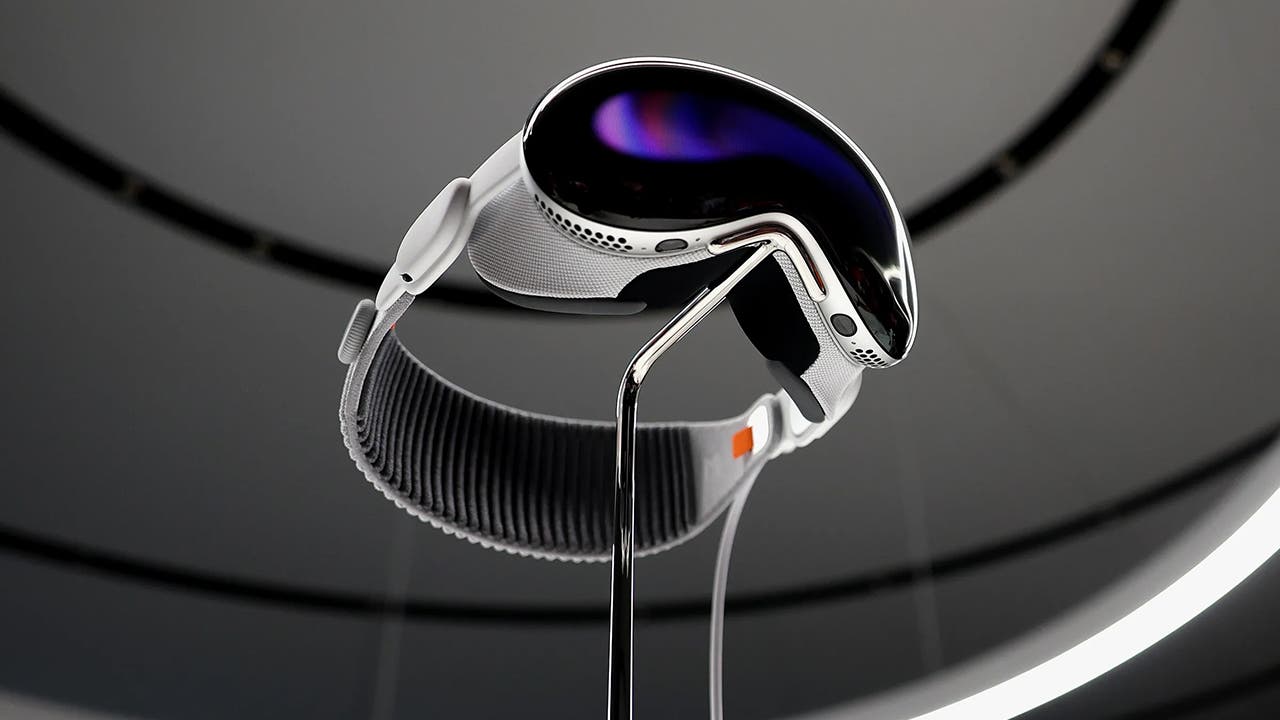
The most recent strides in gaming controller tech, encompassing haptic feedback setups and intricate motion controls, pave the way for a fresh wave of engrossing encounters for devoted gamers. The recent breakthroughs mark merely the initiation as creators stretch the limits of virtual and augmented reality to forge controllers capable of whisking players away to wholly novel realms. These controllers not only respond to your movements with precision and utilize biometrics to translate your emotions into the gaming experience. Envision the sensation of an engine’s vibrations or the recoil of a firearm while traversing through these digital landscapes. The forthcoming prospects include a gaming encounter that immerses you entirely, engaging a broader spectrum of your sensory perceptions and erasing the boundary between tangible reality and the virtual domain. As you anticipate this transformative future, consider the role of cloud storage for gaming, an essential component in ensuring seamless and expansive access to your gaming universe. The next generation of controllers is poised to redefine how you interact and connect with digital worlds, putting the future of gaming at your fingertips.
Haptic Feedback Takes Immersion to the Next Level
Haptic feedback, also known as tactile feedback, uses vibration and force to provide physical sensations corresponding to on-screen actions. Built-in motors and actuators in gaming controllers can now vibrate, pulse, and push back on your hands to mimic textures, movements, impacts, and more in supported games.
The latest gaming controllers offer extremely precise haptic feedback for unparalleled immersion. Not only do you see and hear every detail, but now you can feel them, too. Gunshots, engine rumbles, and environmental effects become physically palpable. The subtle vibrations as you drive over different terrain types or the resistance when reeling in a fish can transport you straight into the game world.
Haptic feedback is highly customizable, allowing developers to fine-tune sensations for specific in-game events. Players can also adjust intensity levels to their preference for the optimal experience. While still a relatively new technology, haptic feedback is being implemented in more and more gaming controllers and supported titles each year as it continues transforming how we interact with and become enveloped in our favorite virtual worlds. The future of gaming is tactile, and the era of truly immersive gameplay has only just begun.
Gesture Controls Open Up New Ways to Play
Gesture controls open up new ways to play with more intuitive and immersive control schemes. Instead of pressing buttons, you use natural hand movements and gestures detected by motion sensors or cameras.
Hand Tracking
The latest hand-tracking technologies use cameras to detect the position and movement of your hands and fingers. Some systems require wearing gloves with motion trackers, while others can track your bare hands. Hand tracking allows for precise control and complex gestures. For example, you could cast spells in a fantasy game using specific finger movements.
Whole Body Tracking
Full body tracking systems use depth-sensing cameras to detect your entire body’s movements and translate them into game actions. With whole-body tracking, you become the controller. Kick, punch, dodge, and jump your way through virtual and augmented reality experiences. Some systems provide haptic feedback through special suits, allowing you to feel impacts and sensations.
While gesture controls open up new possibilities for immersive and natural gameplay, they also present challenges. There is a learning curve for mastering gesture commands, and systems must be highly accurate to feel responsive. However, as the technologies improve, gesture controls may become an integral part of the next generation of gaming.
Brain-Computer Interfaces Let You Control Games With Your Mind
Cerebral interlink systems (CIS) represent a cutting-edge frontier in the realm of gaming technology, enabling users to command facets of a virtual environment solely through neural impulses. Utilizing electroencephalogram (EEG) headsets, these systems capture the electrical signals produced by the brain, translating them into commands for the gaming interface. This allows players to seamlessly interact with menus, manipulate characters, and initiate in-game actions merely through cognitive intent.
Some companies are developing non-invasive EEG headsets specifically for gaming. These devices have multiple sensors to detect brain waves across different cortex areas. The headsets can recognize patterns associated with focus, relaxation, and meditation, translating into gameplay inputs. For example, focusing your attention could cause your character to run forward, while relaxing could cause it to crouch. This allows for an incredibly immersive experience where players feel a direct mind-to-game connection.
BCIs are still limited to relatively basic inputs, but as the technology improves, the possible applications within gaming grow tremendously. Imagine controlling a character’s limbs and movements individually just by thinking of each action or using your imagination to conjure up objects and environments that then appear in virtual or augmented reality. While still largely science fiction, BCIs represent an exciting frontier for the future of interactive gaming and beyond. Developers are continuing to push the capabilities of this technology, and gamers can look forward to ever more intuitive and mind-bending experiences.
Exoskeleton Controllers Add Physical Feedback
The latest gaming controllers incorporate exoskeleton technology to provide physical feedback for heightened realism. Exoskeleton controllers feature robotic arms and joints that move in tandem with the player’s limbs. Based on gameplay events, motors and actuators within the exoskeleton apply resistance or force to the user’s arms and hands.
For example, when a player pulls a virtual bowstring, the exoskeleton controller pushes back to simulate the bow’s tension. When a player wields a heavy sword or ax in-game, the controller generates weighted resistance to convey the sense of heft to the player. Some exoskeleton controllers even allow players to “feel” the impact of collisions or blows within a combat game.
The additional physical feedback afforded by exoskeleton controllers helps to close the sensory gap between playing a game and experiencing it firsthand. While still a nascent technology, exoskeleton controllers promise to make virtual reality and gaming experiences feel more natural and immersive for players in the years to come. Controller makers are working to refine exoskeleton technology to make the devices more lightweight, affordable, and seamlessly integrated for mainstream audiences.
Modular and Customizable Designs Enable Personalized Setups
As gaming has evolved, controllers have had to keep up. The latest designs feature modular and customizable components, allowing you to craft a personalized setup tailored to your needs and preferences.
Interchangeable Joysticks and D-pads
Many new controllers offer joysticks and D-pads that can be swapped out. For example, you may prefer a traditional domed joystick for most games but want the accuracy of a concave joystick for first-person shooters. Some controllers provide multiple shapes and heights to choose from. The ability to change out D-pads also allows you to pick between separated or connected styles.
Mappable Buttons
Rather than a standard layout, advanced controllers have buttons that can be mapped to your preferred functions. Extra buttons on the back of the controller or underneath can be used for commands you want at your fingertips. The buttons are often highly programmable through proprietary software or an app, enabling you to tweak the mapping for different games. Some controllers even allow you to save multiple profiles to switch between.
The latest strides in controller customizability empower gamers with more choice and control. By selecting optimal components for your needs and mapping buttons to match your playstyle, you can craft a controller that feels like an extension of yourself. The era of one-size-fits-all is over – now is the time to make your controller as unique as you are.
Conclusion
The imminent advancements in gaming controller technology are truly remarkable, paving the way for a dazzling future in interactive entertainment. The ongoing evolution of these highly perceptive devices consistently explores new frontiers, amplifying the immersive nature of gaming. Whether you’re maneuvering through virtual realms using hand gestures, manipulating on-screen avatars through cognitive impulses, or experiencing the palpable feedback of diverse surfaces and textures, these pivotal developments are undeniably transformative. While still emerging, the technologies showcased here offer a glimpse into the next generation of gaming and hint at the possibilities to come. The future is unwritten, and these new frontiers in gaming controller tech are poised to revolutionize the way we play. The power is now literally at your fingertips.
Discover more from TechBooky
Subscribe to get the latest posts sent to your email.







